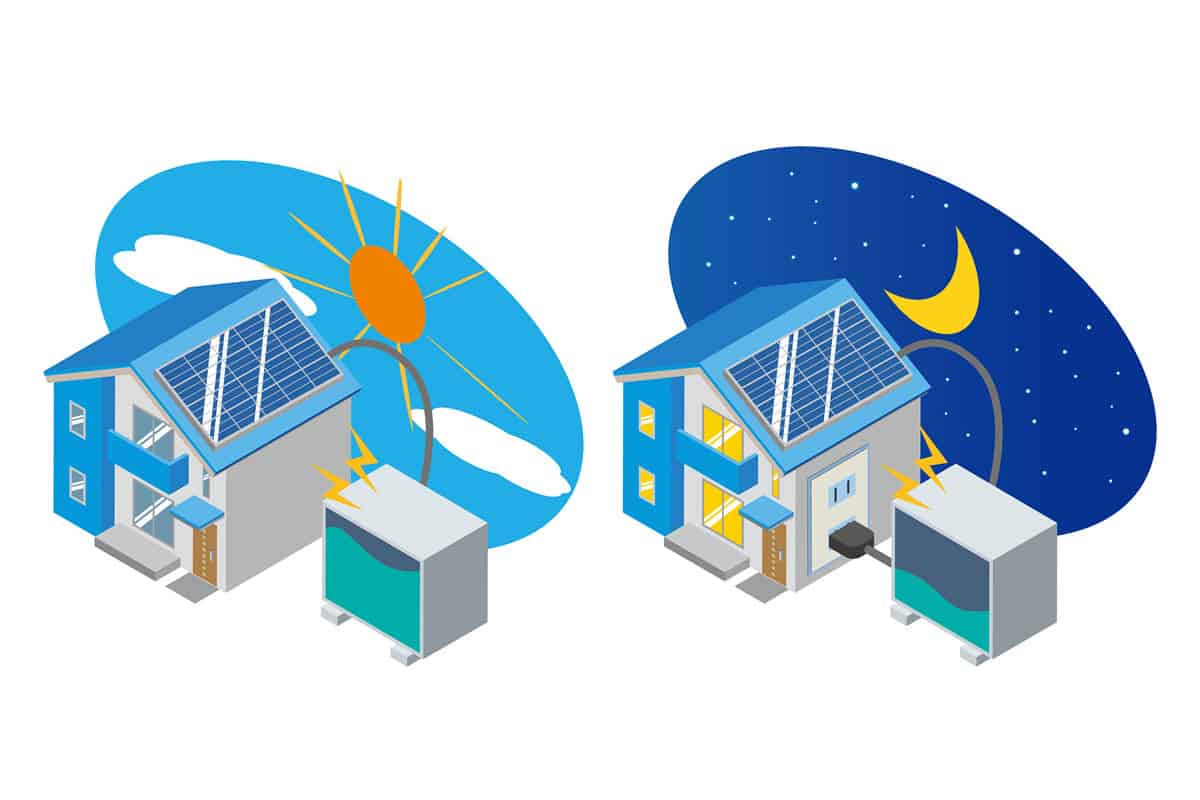Solar-powered generators have emerged as a promising solution for portable and off-grid power needs. These innovative devices harness the sun’s energy to provide clean, sustainable electricity. But how exactly do they work? Let’s explore the fascinating technology behind solar-powered generators and their potential in shaping our energy future.
Core Components of Solar-Powered Generators
At the heart of every solar-powered generator are four key components that work in harmony to convert sunlight into usable electricity:
Solar Panels
Solar panels are the primary energy collectors in a solar generator system. They consist of photovoltaic cells, typically made from silicon, which convert sunlight directly into electricity through the photovoltaic effect. There are three main types of solar panels:
- Monocrystalline: Known for high efficiency and sleek appearance
- Polycrystalline: More affordable but slightly less efficient
- Thin-film: Flexible and lightweight, ideal for portable applications
Solar panel efficiency has been steadily improving, with some modern panels achieving conversion rates of over 20%.
Charge Controller
The charge controller acts as the brain of the solar generator, regulating the flow of electricity from the solar panels to the battery. It prevents overcharging and ensures optimal charging conditions. Two main types of charge controllers are:
- Maximum Power Point Tracking (MPPT): More efficient, especially in variable light conditions
- Pulse Width Modulation (PWM): Simpler and more affordable but less efficient
Battery
Batteries store the energy collected by the solar panels for later use. The two most common types used in solar generators are:
- Lithium-ion: Lighter, more efficient, and with a longer lifespan
- Lead-acid: Less expensive but heavier and with a shorter lifespan
Battery capacity is measured in watt-hours (Wh) and determines how much energy can be stored. The depth of discharge (DoD) indicates how much of the battery’s capacity can be used without damaging it.
Inverter
The inverter converts the DC (Direct Current) electricity stored in the battery into AC (Alternating Current) electricity used by most household appliances. There are two main types:
- Pure sine wave: Produces clean power suitable for sensitive electronics
- Modified sine wave: Less expensive but may not be compatible with all devices
The Science Behind Solar Energy Conversion
The magic of solar generators lies in the photovoltaic effect, discovered by French physicist Edmond Becquerel in 1839. When photons from sunlight strike the semiconductor material in solar cells, they excite electrons, creating an electric field. This process generates a flow of electricity, which is then captured and stored.
The energy flow in solar generators follows a path from sunlight to usable electricity, with some efficiency losses at each stage. Modern solar generators can achieve overall efficiencies of around 20-25%, with ongoing research pushing these boundaries further.
Advanced Features and Technologies
Solar generator technology is continuously evolving, with several advanced features enhancing their performance:
- Maximum Power Point Tracking (MPPT): This technology dynamically adjusts the solar panels’ electrical operating point to extract maximum power under varying conditions.
- Battery Management Systems (BMS): These systems monitor and protect the battery, ensuring optimal performance and longevity.
- Smart Monitoring and Control Systems: Many modern solar generators have apps or interfaces that allow users to monitor power generation, consumption, and system health remotely.

Sizing and Performance Factors
When choosing a solar generator, it’s crucial to consider your power needs. This involves calculating the watt-hours required for your devices and estimating how long you need to run them. Solar panel sizing is equally important, as factors like geographic location, time of year, and weather conditions can affect power output.
Understanding how solar generators work at night or during cloudy days is crucial for planning your power needs. While solar panels don’t generate electricity without sunlight, properly sized battery storage can provide power during these periods.
Environmental Considerations
Solar generators offer significant environmental benefits compared to traditional fossil fuel generators. They produce clean energy with zero emissions during operation, significantly reducing the carbon footprint of portable power generation. However, it’s essential to consider the entire lifecycle of these devices, including manufacturing and end-of-life disposal.
Many components of solar generators, particularly the solar panels and batteries, are recyclable. As technology advances, the recyclability and sustainability of these systems continue to improve.
Future Trends and Innovations
The future of renewable energy is bright, with solar generators playing a crucial role. Emerging technologies like perovskite solar cells promise even higher efficiencies, while advancements in battery technology, such as solid-state batteries, could revolutionize energy storage.
Another exciting frontier is integrating smart grids and Internet of Things (IoT) devices. This could allow solar generators to contribute to broader energy networks and optimize power distribution.
Practical Applications
Solar generators find use in a wide range of scenarios:
- Emergency backup power during outages
- Off-grid living in remote locations
- Outdoor recreation, camping, and events
- Disaster relief and humanitarian aid efforts
Their portability and clean operation make them ideal for situations where traditional power sources are unavailable or undesirable.

Conclusion
Solar-powered generators represent a significant leap forward in portable and sustainable energy technology. They offer a clean, quiet, and increasingly efficient alternative to traditional generators by harnessing the sun’s power. As technology advances, solar generators are poised to play an even more significant role in our energy landscape.
When considering investing in a solar generator, it’s important to weigh the pros and cons against your specific needs.

Leave a Reply